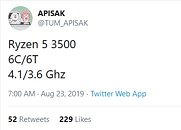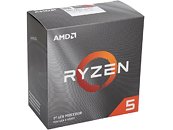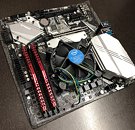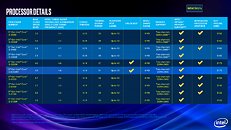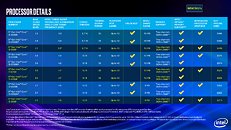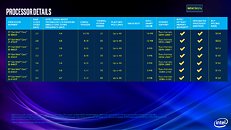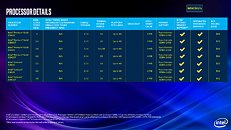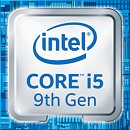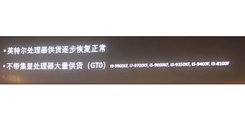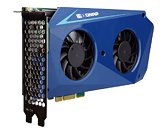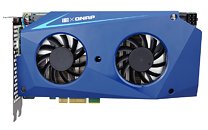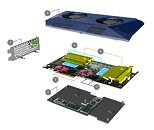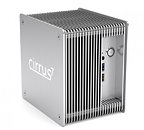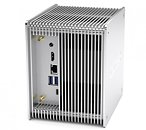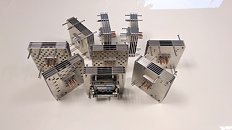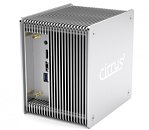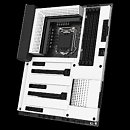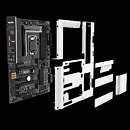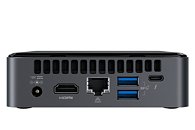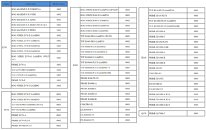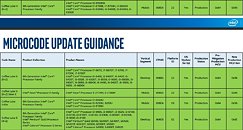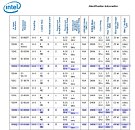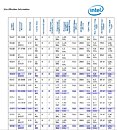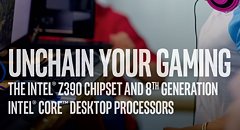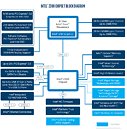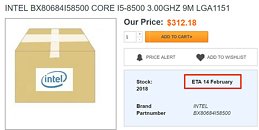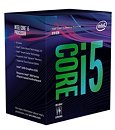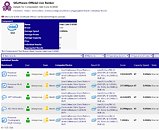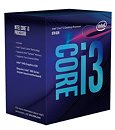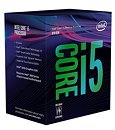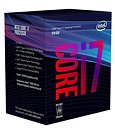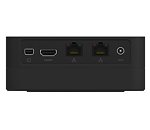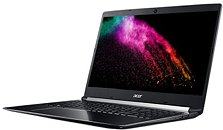
AMD Ryzen 5 3500 to Lack SMT, Takes on Core i5-9400
As AMD's Ryzen 5 3500 processor is inching closer to launch, we learn more possible specifications of the chip AMD is designing to take on Intel's popular Core i5-9400/9400F processor. Late July, we learned that the chip will be a 6-core model, breaking away from convention set by past generations, of the x500 Ryzen SKU being 4-core/8-thread. Thai PC enthusiast TUM_APISAK, who has a fairly high hit-rate on unreleased products, predicts that the 3500 will be six-core, but lack SMT (it will be 6-core/6-thread).
The Ryzen 5 3500 will be clocked at 3.60 GHz nominal, with a boost frequency of 4.10 GHz. There's no word on other specs, such as L3 cache amount. A single "Zen 2" chiplet normally has 32 MB of it (16 MB per CCX). The main competitor from the Intel stable is the Core i5-9400 / i5-9400F, which ticks at 2.90 GHz with 4.10 GHz boost. The i5-9400F in particular has had a big impact in the sub-$200 segment, as it's been aggressively priced under promotions by various DIY retailers. The chip lacks an iGPU, but has the specs to pull a fairly powerful gaming PC. With the Ryzen 5 3600 at $199, AMD could price the new chip around $169-179.
The Ryzen 5 3500 will be clocked at 3.60 GHz nominal, with a boost frequency of 4.10 GHz. There's no word on other specs, such as L3 cache amount. A single "Zen 2" chiplet normally has 32 MB of it (16 MB per CCX). The main competitor from the Intel stable is the Core i5-9400 / i5-9400F, which ticks at 2.90 GHz with 4.10 GHz boost. The i5-9400F in particular has had a big impact in the sub-$200 segment, as it's been aggressively priced under promotions by various DIY retailers. The chip lacks an iGPU, but has the specs to pull a fairly powerful gaming PC. With the Ryzen 5 3600 at $199, AMD could price the new chip around $169-179.
